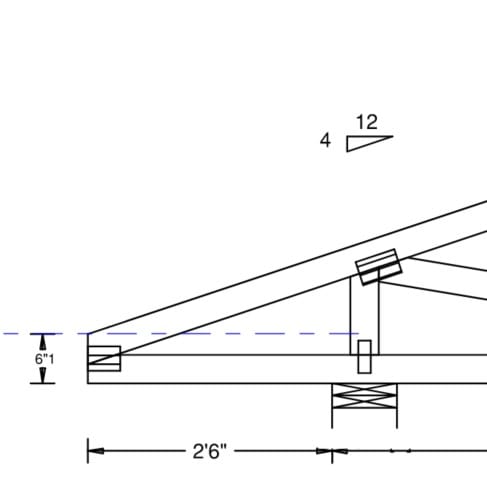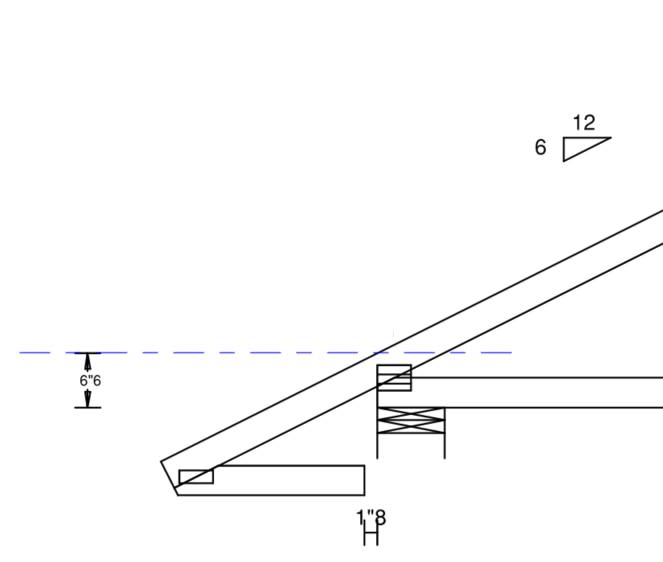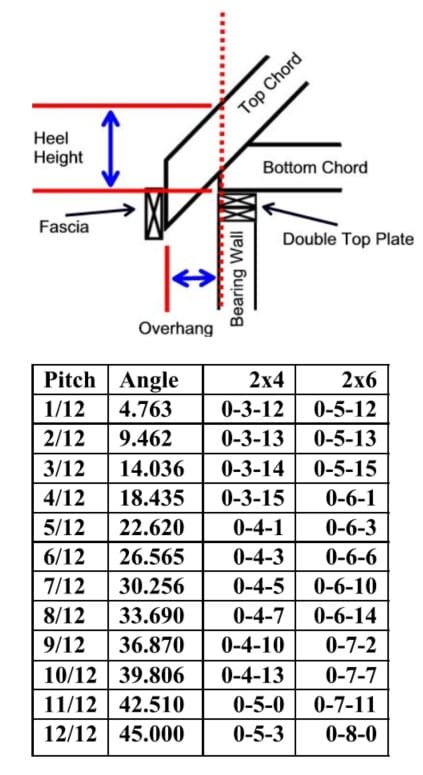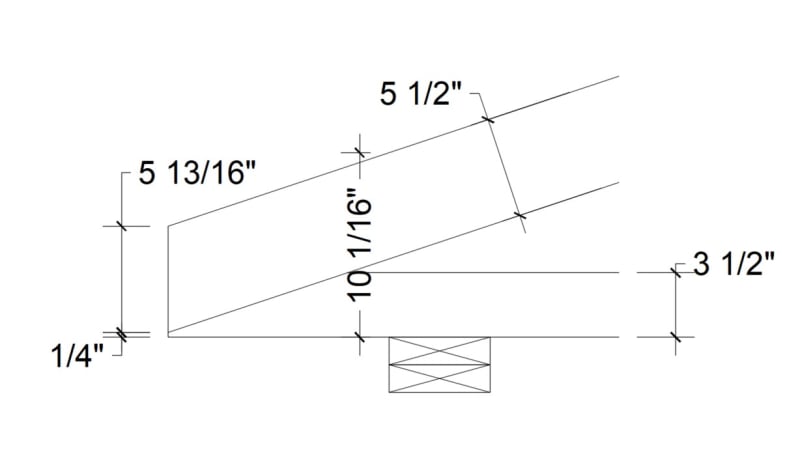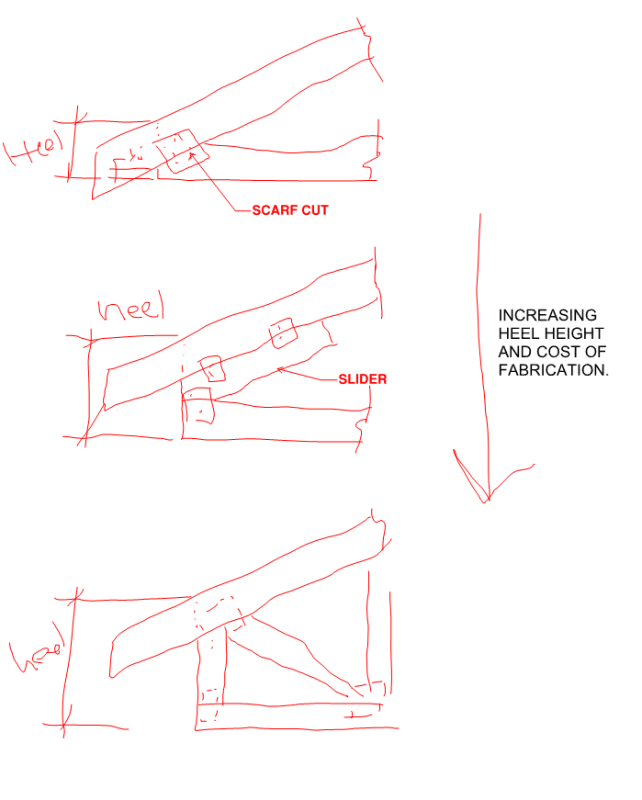Str007 said:
These days it is mostly about the insulation in any location with a climate requiring it and a building envelope community encouraging it.
Where insulation is not a project concern then, yeah, 1/4" butt cuts abound. The truss manufacturer savings associated with the 1/4' butt cuts are modest but include:
1) No extra vertical web at the end or diagonal running up to it.
2) No need for a slider and multiple plates.
3) Maybe the ability to more easily ship some trusses owing to a reduced overall height.
With a healthy scarf cut between the bottom and top chord, a lot of heel joints can be connected with just a single, reasonable size plate.
For a couple of years back in the Mesozoic, I worked as a truss member sawyer behind a giant, prehistoric rotary saw. I hated the low pitch, 1/4" butt cuts on bottom chords with a passion. Especially on scissor trusses. They would suck the boards into the saw and then spit them back at me violently sometimes. If this weren't bad enough, my boss thought that it was great fun to cover the saw handle with snot while I was on coffee breaks and the dude that fetched my boards for me was an ex convict with a serious drinking problem. Instead of calmly bringing me two boards at a time at a sane pace, Angry Karl would bring me eight at a time and practically throw them at me when he got to the saw.
Long story short, I actually cut off the tip of my left finger cutting shallow angle scarf cuts on that stupid saw. It's all pins and needles now and I figure that cost me my career as a boy band guitarist. When I got to the design office, I decided to do my successors on the saw a favor by using butt cuts a little taller than 0.25" when I could manage that while maintaining simple heel plating. Nobody cared and it didn't last long. Rural British Columbia in the early 90's...
